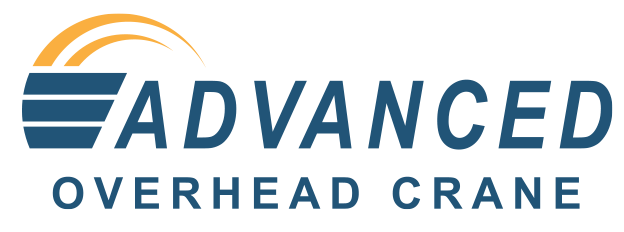Overhead Crane Inspection
Due to the size and weight of the objects often being lifted by and transported by overhead cranes, routine inspections are necessary to ensure continued safe operation. Inspecting the crane prior to its initial use is a must. Once placed into service, overhead cranes require two different types of inspections. Frequent inspections are done daily to monthly, while periodic inspections are completed at monthly to annual intervals. These two inspection types aim to examine the crane's critical components and determine the extent of wear, deterioration, or malfunction.
Few notable benefits of regular overhead crane inspection
Your cranes and hoist systems cannot be vocal about how they feel the effects of the strain they’re under all the time. That’s why you must put your overhead crane and hoist systems through regular inspections. The benefits of having your crane and hoist systems inspected on a regular basis are numerous. Although it might seem like inspections are costing your operations the time you don’t have, that’s nothing compared to the time you would lose if your equipment breaks down or you face an avoidable accident.
These are a few key benefits of inspecting your overhead crane and hoist systems on a regular basis:
Reducing The Risk of Equipment Failure
Keeping a close eye on your equipment will allow you to spot minor problems that could become major problems if they are left unresolved. Equipment failure not only means costly repairs, but it can bring your entire operation to a halt and hurt your productivity.
Ensuring Compliance
Regular inspection of your equipment by a certified expert can give you peace of mind in knowing that all of your equipment is up to code.
Protecting Your Employees
Overlooking the inspection part of your overhead crane regularly increases the risk of failure and the risk that your employees may be injured. Ensuring that your overhead crane is properly working helps prevent injuries to the equipment operators and anyone working around the equipment. Frequent and periodic inspections help keep crane and hoist equipment operating efficiently.
Overhead Crane Routine Inspection and Maintenance
Advanced overhead crane works with you to customize the right amount of routine maintenance and inspection for every crane. Our routine maintenance has been designed to perform maintenance work, such as adjusting and lubricating, with the intent of satisfying manufacturers’ maintenance instructions. Regular routine maintenance can help reduce component wear and unplanned stoppages, and maintain equipment performance and availability. Overhead Cranes are lifting equipment traveling on an overhead runway structure, which works with a movable or fixed hoisting mechanism to handle the loads.
Overhead Crane Inspection Checklist
- Know where the crane disconnection switch is located.
- Verify there are no warning signs on the push button.
- Make sure workers aren’t performing their duties nearby.
- Ensure that the load can travel without impediments.
- Ensure there are no obstructions around the area where the load will be moved.
- Ensure that the area where the load will be moved is large enough to move and place materials safely.
- Check that all below-the-hook devices are designed for the crane in use and can safely lifts loads.
- Ensure that the load capacity is less than the rated capacity of the crane.
Having your overhead crane inspected on a regular basis by qualified experts is the best way to avoid some hazardous situations and costly hassles for you and your operations. Your cranes do a lot of work for you, and all that work can take its toll on them. Advanced Overhead Cranes is the expert on all things related to overhead cranes and hoist systems, so contact us today to find out how we can provide inspection services for your equipment.
